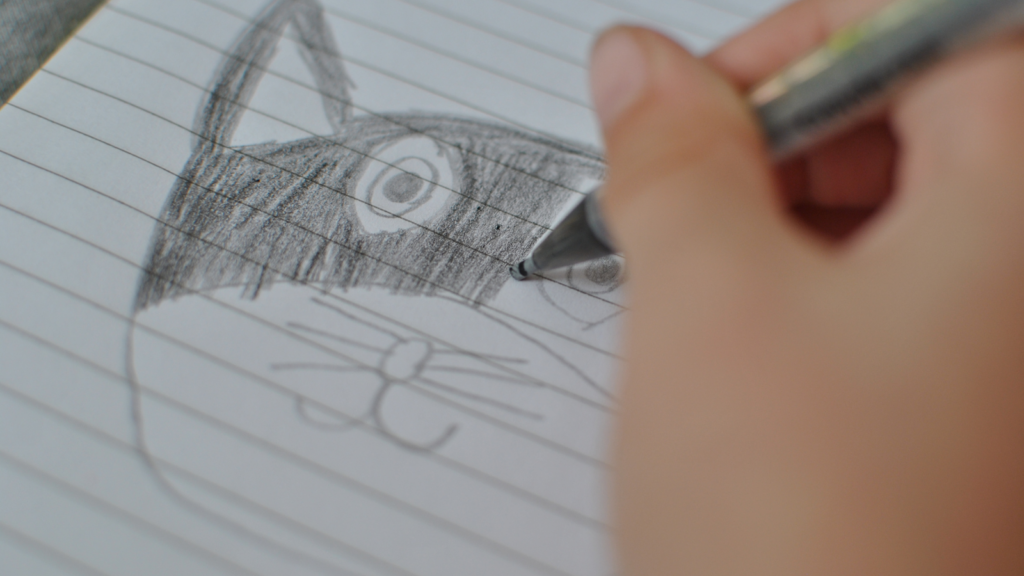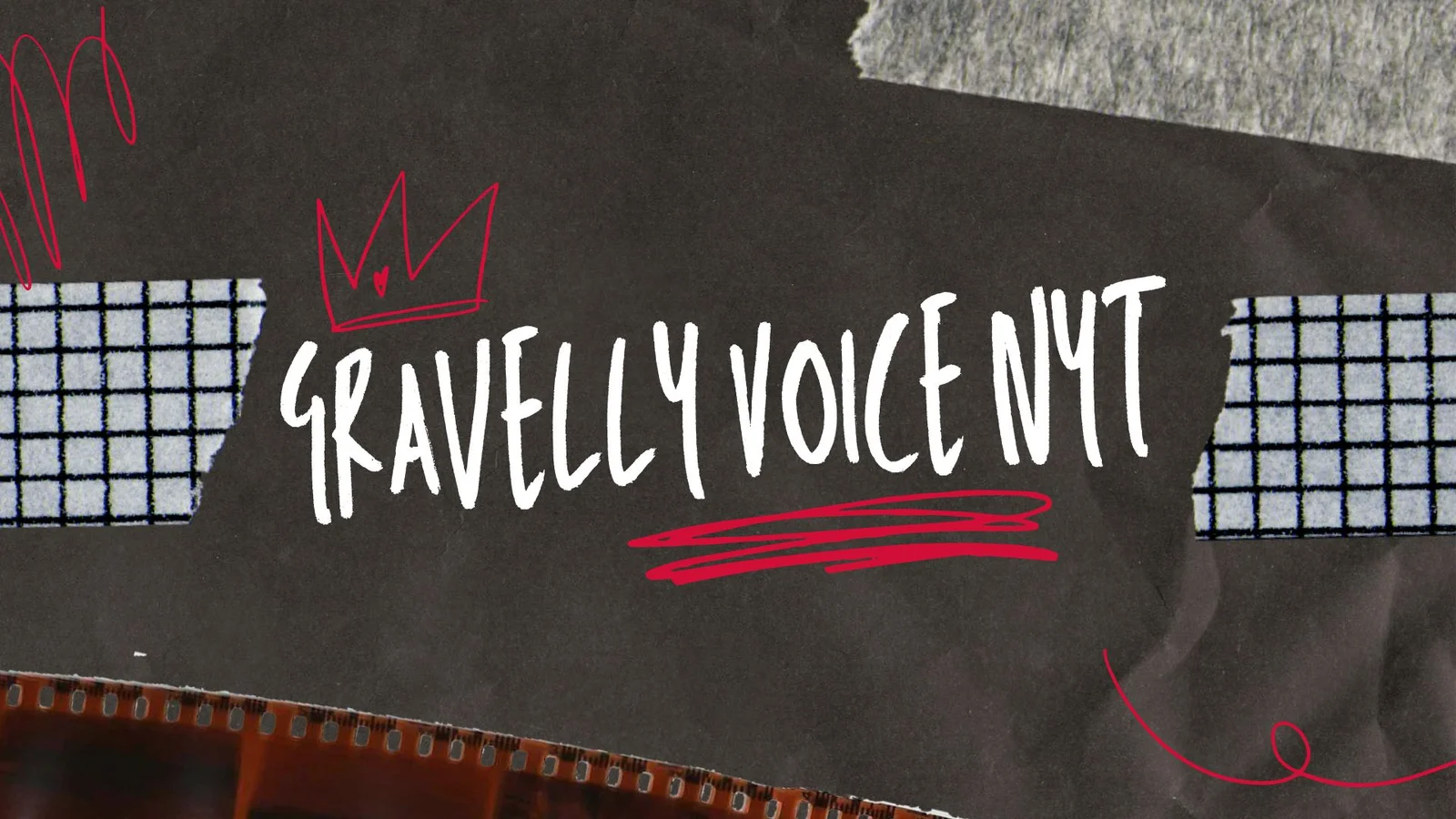Drawing:a4z_-ymtkr8= cat as a fun activity can be a use of free time and at the same time become a way to improve one’s skills. Suddenly, anyone, drawing:a4z_-ymtkr8= cat for the first time or more experienced, could add a charming subject to one’s art collection. In this guide I will lead you through the process, bringing out the attitude and personality of a cat in your creations.
Why Draw Cats? The Charm and Challenge of Feline Art
That is why cats have always been popular with artists: their limbs are flexible, they have enigmatic, and their faces are so diverse. You can learn a lot about stem, fur, and even emotions when you draw a cat. When it comes to drawing:a4z_-ymtkr8= cat, one would always get a little intimidated but nevertheless it can be a very exciting task.
Getting Started: Materials You’ll Need
Before diving into drawing:a4z_-ymtkr8= cat, gather your materials:
- Pencils: Including hard tipped (H) pencils to soft tipped (B) pencils.
- Erasers: A kneaded eraser is good to have because its purpose is to smoothen out obtained lines.
- Paper: It is recommended that you use smooth sketch paper for more precision in the artwork to be produced.
- Blending tools: Tortillons or decompose cotton swabs can be very useful in terms of blending pencil marks.
- Reference photos: Use drawing which used cat pictures for inspiration.
Step-by-Step Guide to Drawing a Cat
1. Understanding Cat Anatomy
When drawing it is important to understand the structure of an object or being that is being drawn and in the case of a cat this is very important to create a realistic cat drawing. These are characterized by a pliable spine, an oval head with large pointed ears and thin limbs. Study drawing:a4z_-ymtkr8= cat images to appreciate these proportions.
2. Sketching the Basic Shape
- But first of all, it is require to make a rough sketch. The head would be in the form of a circle while the body in the form of an oval.
- Add more rules as to the appearance of the facial features of the characters.
- Mark the limbs with simple geometric shapes such as cylindrical or oval shapes.
3. Defining Features: Watchday and Lecture: Auditor, Oculist, and Olfactorist
The eyes are usually the point of contacts in any artist’s drawing:a4z_-ymtkr8= cat picture. Follow these tips:
- Eyes: Next, draw two big almond-like eyes in the center of two ears. Cats’ eyes are different and may have varying size from each other, so this has to be done.
- Ears: The cat ears are in triangular form and bent at the upper region. They need to be position on the head noticeably.
- Nose: Hollow triangle or a small upside-down triangle is applicable on the area of the nose.
4. Adding Details: This was Fur and Whiskers, then.
Interesting is the fact that fur texture is critical for the cat drawings. For full-bellied coats, it is best to use short strokes and small, fast movements while for long-haired cats, they should use long strokes and movements that create fluff. It is always recommend that whiskers should be the last to give because they are on top of the facial part.
5. Refining Your Drawing
After sketching the basic features, refine your drawing:
- Draw shadow and depth with an easier grade pencil.
- Use their pencil lines and smoothen them by blending them together.
- Erase any unnecessary guidelines.
6. Adding Depth and Dimension
To make your cat drawing pop:
- Shading: One must be abreast with the light source. Based on the finish profiles, visually oppose to the light source should be shade.
- Highlights: Leaving a small white area on the inner, which imitates reflection of light in the eyes.
- Blending: To smudge bold lines employ a tortillion or blending stump.
Comparison of Drawing:a4z_-ymtkr8= cat Styles
| Style | Characteristics | Difficulty Level |
|---|---|---|
| Realistic | Detailed fur, accurate anatomy, lifelike shading | High |
| Cartoonish | Exaggerated features, simple lines, vibrant expressions | Medium |
| Minimalist | Simple shapes, few details, focus on form | Low |
Tips for Beginners
- Start Simple: It is hope that those attending will concentrate on the relatively basic structure first before introducing addition.
- Use References: Drawing:a4z_-ymtkr8= cat images can give tips about proportions and positioning.
- Practice Regularly: When you set regular practice of a certain task you are going to master it with time.
FAQs About Drawing:a4z_-ymtkr8= cat
1. Of all the Quora questions this author came across, this question is possibly the most understated: ‘What is the correct method to sketch a cat’s fur?”
For influential and plain fur, utilize soft and delicate pencil stokes while for the fluffy fur utilize harder pencil stokes. Study drawing:a4z_-ymtkr8= cat pictures to study various kinds of fur.
2. What should I do if I want to make my cat drawing look more realistic?
Take care of the balls on the eyes and the gradation. When drawing, tiny details such as the reflection of light in people’s eyes or accurate distribution of the shadow make a big difference.
3. What must be avoided?
Is not suppose to draw the whiskers too early in case. They hinder other features from being draw. Finally, do not disregard the proportion errors, with an emphasis on the face area.
4. Is it possible to sketch a cat, without the use of a model?
While possible, using drawing:a4z_-ymtkr8= cat images as a reference will be more accurate in regard to the animal’s anatomy and sizes.
5. What can be done to enhance my cat art?
Learn about the structure of cats, try to make different fur patterns and master different shading. Use various drawing:a4z_-ymtkr8= cat picture references that will help add to your skill set about cat pictures.
Conclusion about Drawing:a4z_-ymtkr8= cat
Drawing:a4z_-ymtkr8= cat as an occupation is creative, interesting and quite satisfying. Whether going for a photo–realistic look or a cartoonish effect, knowing the structure, painting the fur successfully, and varying the shades are important things to learn. While I have no doubt that over time your recreations of cats will be brought to light. And the true spirit of these pets will be express on your papers. Here is a guide to help you get on your track towards becoming a cat artist, go ahead and paint, sketch your feline masterpieces.
Of course, the purpose of art is enjoyment, so, always appreciate the process of painting while creating an artwork.




